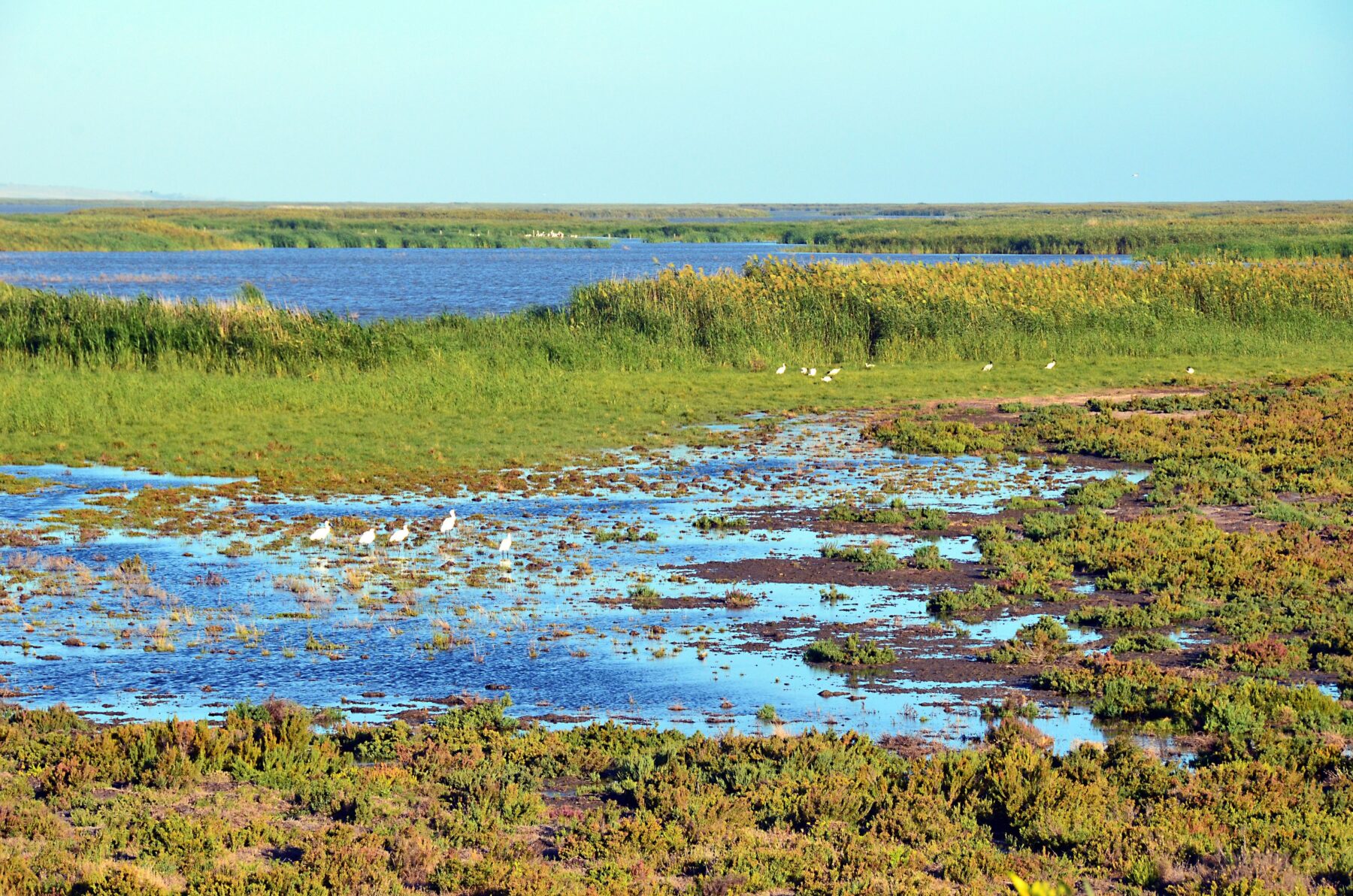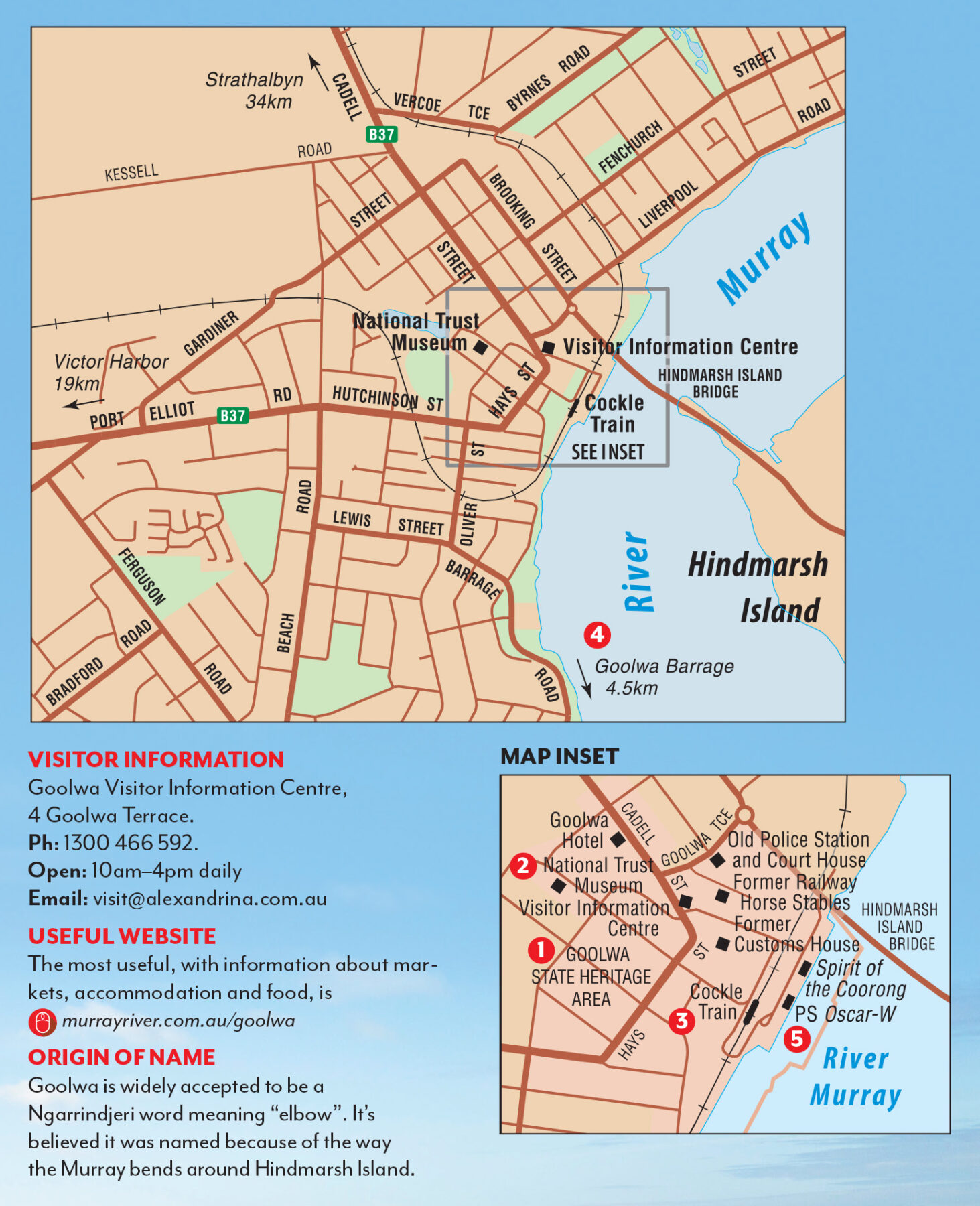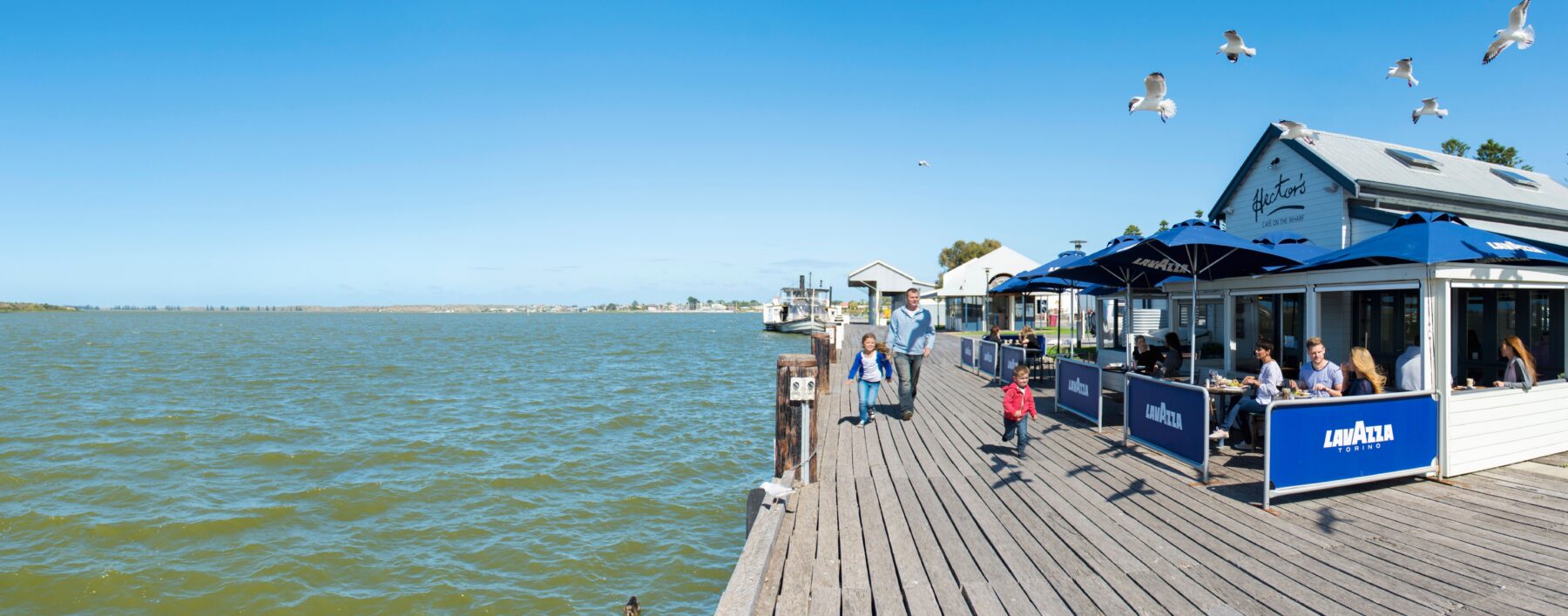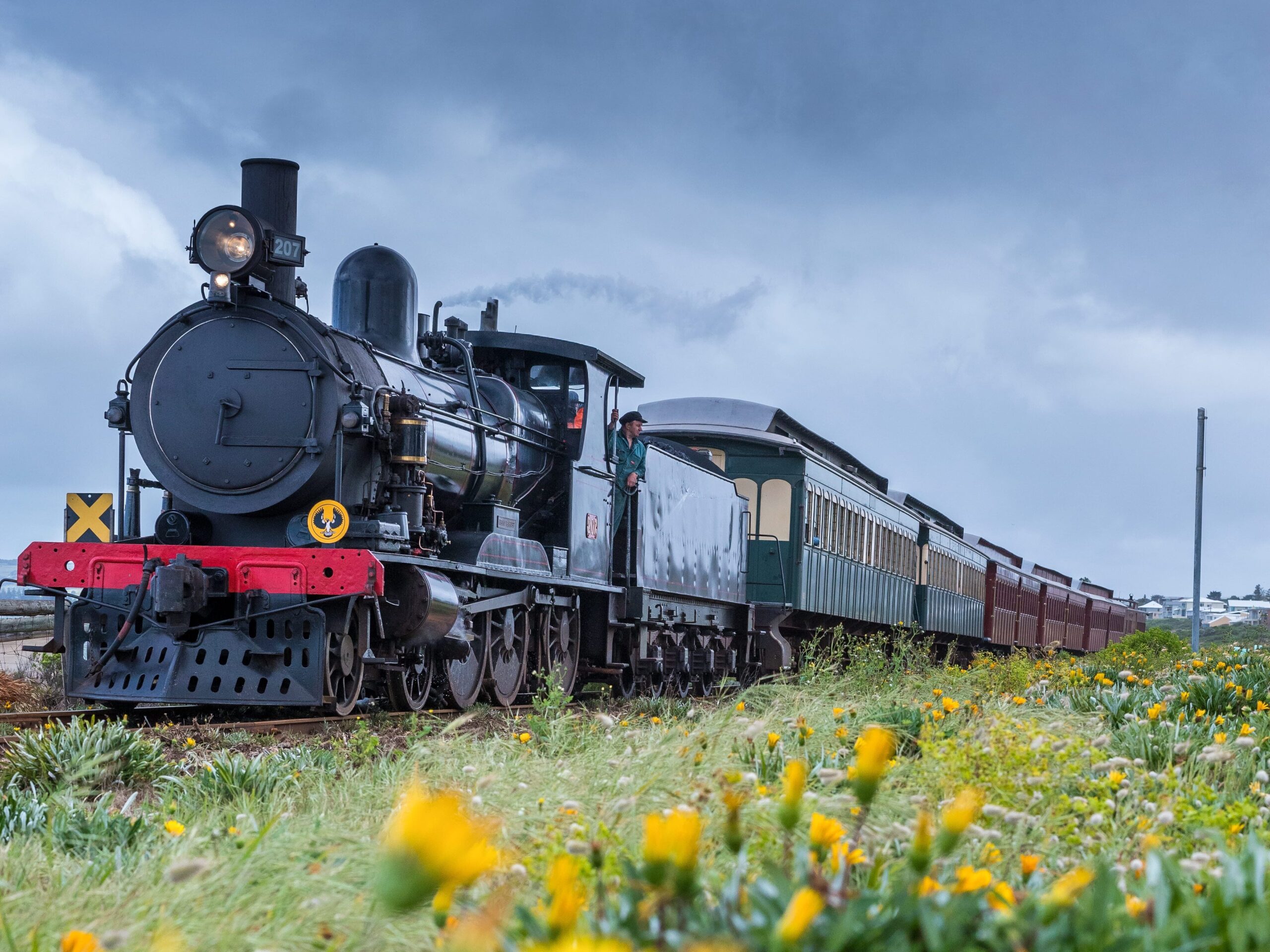A complete guide to Goolwa, SA

Being only an 83km drive south from Adelaide’s CBD, it’s not surprising that Goolwa, on the picturesque Lake Alexandrina in South Australia, has become a desirable and chic holiday destination. The town was declared a State Heritage Area in 1987 and is blessed with impressive, well-preserved mid-nineteenth-century buildings that provide unique insight into the workings of one of Australia’s most important river ports.
Goolwa is at the entrance to the Murray and was a vital transport link between the wool shipped down river from the vast sheep properties of western New South Wales and southern Queensland and their overseas markets. It’s a genuinely fascinating small town and port that offers visitors a series of memorable experiences. These include a historic perspective into the importance of the Murray as a transport route before railway lines were built, and the opportunity to explore the unique and stable culture of the Ngarrindjeri people.

Perhaps most attractively, there’s the opportunity to take a cruise through the barrages, which separate the salt water of the Southern Ocean and the river’s fresh water, across the mouth of the Murray and along the quiet waters of the Coorong wetlands, made famous by Colin Thiele’s much-loved story of Storm Boy and his pet pelican, Mr Percival. The area is noted for its white beaches, isolation, and impressive boutique restaurants, cafes and charming accommodation options.
Note: The Murray is known as the River Murray in SA; in NSW and SA it is called the Murray River.

Places of interest
1. Goolwa State Heritage Area
This estate encompasses 17 noteworthy buildings. These include the Goolwa Hotel, which dates from 1853 and features the figurehead from the Irish sailing ship Mozambique, and the Old Police Station and Court House, built between 1859 and 1874. Also worth visiting are the wharf, originally built in 1852 (later rebuilt and extended), and the former railway horse stables built in 1863 behind the Post Office, for the horses that pulled the train from Goolwa to Port Elliot. They were replaced by locomotives in 1884.

2. National Trust Museum
Housed in a blacksmith’s shop that was built in about 1872 is the National Trust Museum. Offering a fascinating insight into the history of Goolwa and Hindmarsh Island.
3. The Cockle Train
A superb old steam engine, the Cockle Train travels along Australia’s oldest steel railway. It dates to 1854 and was built to provide a link between the Goolwa and Port Elliot wharves and, later, Victor Harbor. The train runs at different times during the year but typically offers three return trips between Goolwa and Victor Harbor on Sundays and Wednesdays. The journey takes 30 minutes.

4. The Goolwa Barrages
The Murray travels 2508km before reaching lakes Alexandrina and Albert and emptying into the sea. These lakes, along with the Coorong (the lagoon that stretches from the Murray’s mouth along the SA coastline) need fresh water to remain healthy. But if too little water flows from the upper reaches of the Murray, salt water can reach hundreds of kilometres upriver. During the 1930s, five barrages were built near Goolwa to help keep the salt water out. You can see them on a local cruise or from the road running beside Lake Alexandrina. There are also cruises to the Murray’s mouth, along the river itself, around Coorong National Park, and upriver from Goolwa. Expect to see many of the region’s 200 bird species, including black swans and pelicans.
5. PS Oscar W Cruises
A one-hour cruise on the historic paddle-steamer PS Oscar-W usually departs from Goolwa Wharf at 11am on a Saturday or Sunday, once or twice a month. Bookings are recommended.
History
Before Europeans arrived, the area was home to the Ngarrindjeri people.
By the 1820s, whalers and sealers were operating here.
Charles Sturt travelled down the Murray in 1829–1830 to its mouth at Lake Alexandrina.
Goolwa, originally known as Port Pullen, was surveyed in 1853.
In 1854 a railway was built between Port Elliot and Goolwa at a cost of £20,000.
The original jetty was built at Goolwa in 1852.
By 1853 paddle-steamers were operating on the Murray from Goolwa to Swan Hill.
The first blocks in Goolwa were sold for about £20.
In 1857 Goolwa was officially proclaimed the first river port in Australia and grew quickly to
service the vast inland of western NSW and Queensland.
By 1860 there was a road connecting Adelaide to Goolwa.
The five Goolwa Barrages were completed in 1940 for £750,000.
In 1981 the Murray River’s mouth closed for the first time in recorded history.
In 2001 the Hindmarsh Island Bridge was opened.
In 2009 the Clayton Regulator was created to increase water in the Goolwa Channel and
Goolwa Marina.
Image credit: Darryl Leach/shutterstock



